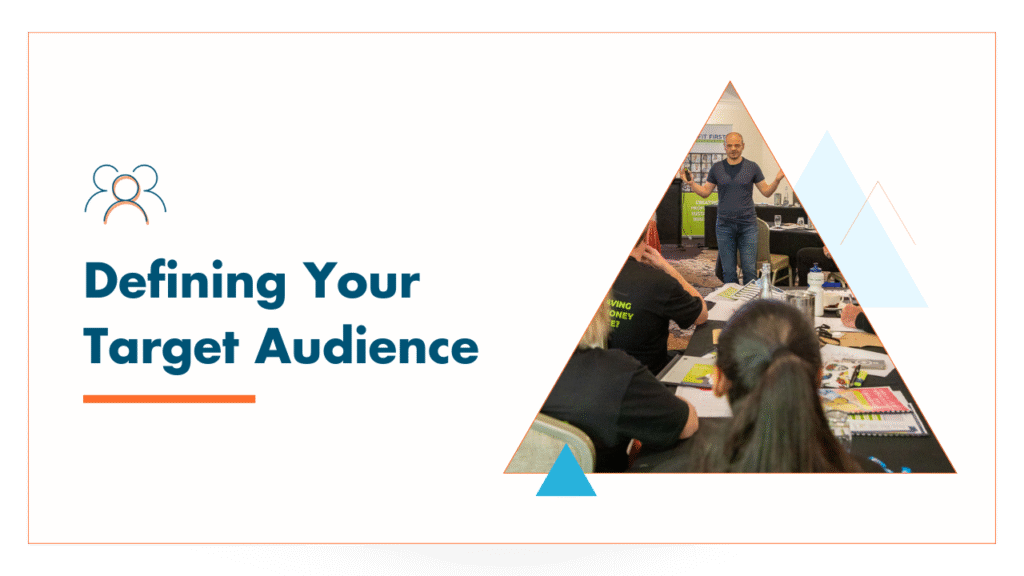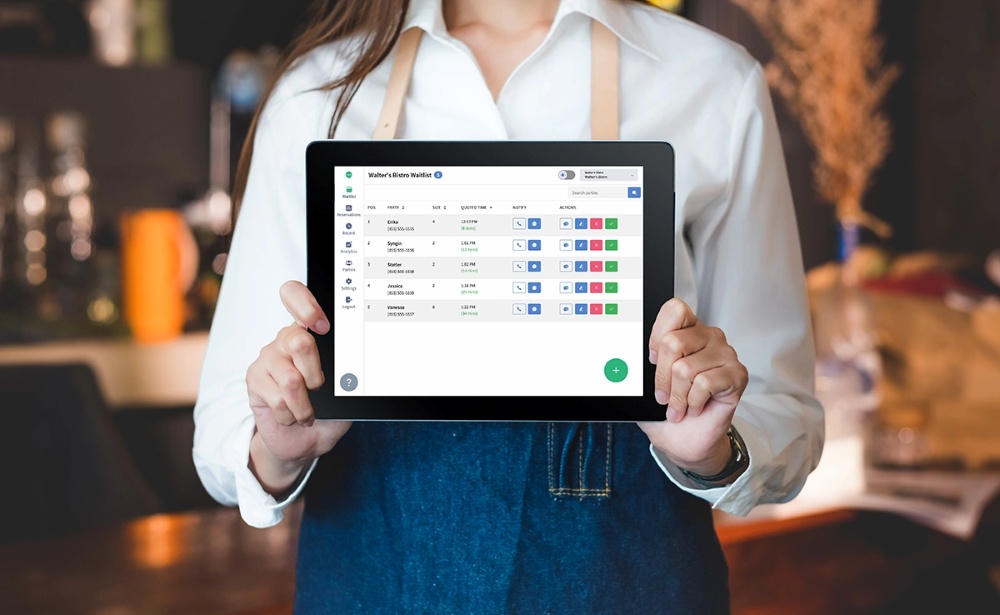Here’s something most people won’t tell you: 8 out of 10 digital products don’t make money. Not because they were useless. Not because the creator didn’t try hard enough. But because no one wanted to buy them.
As a freelancer, your time is precious. You don’t want to spend days (or even weeks) creating a course, an ebook, or a toolkit that ends up collecting dust. So here’s the deal: Before you start building anything, you need to validate your digital product idea and be sure people will pay for it.
This guide will show you how to test your idea first, using simple tools you already have, like WhatsApp or Facebook. No stress. No guesswork. Just clear steps to help you know whether your digital product will fly or flop.
Step 1: Define Your Target Audience

You can’t sell what you don’t aim properly. Even the best product won’t sell if it’s aimed at the wrong people. So before you start building anything, you need to get clear on who you’re creating it for.
Picture Your Ideal Customer
Take a moment to imagine your dream buyer. Ask yourself: How old are they? What do they do for work? What does a typical day look like for them? What do they struggle with?
The clearer your picture, the better you’ll know what kind of solution they need.
Create a Buyer Persona
Now turn that person into a simple, made-up profile. Here’s how: Example: “Sarah, 29, is a virtual assistant in Accra. She’s great at admin work but struggles to find consistent clients. She wants something that helps her pitch better and stand out online.”
Now you know how to talk to her, what kind of product she needs, how much she might be able to pay, and what platform to use.
Study Real People
You don’t have to guess. Just go where your ideal customers already hang out. Check out:
- Facebook groups (e.g., “African Freelancers” or “Remote Jobs for Africans”)
- Twitter/X
- WhatsApp business communities
- Reddit threads about freelancing or side hustles
Look at what people are complaining about. What questions keep popping up? That’s your clue your product might be the answer.
Ask the Audience
Still unsure? Just ask. Post something like this on your WhatsApp status, Instagram story, or inside a group you’re part of:
- “If you could fix ONE thing about freelancing, what would it be?”
- “What’s your biggest struggle with finding clients online?”
The responses you get will show you exactly what to focus on and save you weeks of guesswork.
Step 2: Evaluate Market Demand
You might love your idea, but do other people care about it? A great idea doesn’t always mean great sales. What matters is if people are actually looking for it and if they’re willing to pay for it.
Let’s check if the market is hungry for what you want to create.
Use Keyword Tools
This might sound technical, but it’s very simple. Some tools show you what people are searching for online. If a lot of people are asking the same question, that’s a strong sign of demand.
Here are some free tools you can try:
- Google Trends – shows what topics are gaining attention
- AnswerThePublic – reveals questions people ask about a topic
- Ubersuggest – gives search volumes and content ideas
Search things related to your idea and check:
- “Are people Googling this?”
- “Is there consistent interest over time?”
If yes, you’re on the right track.
Scan Social Media & Forums
Now let’s go where people talk. Open your Twitter/X, Reddit, Facebook groups, or even YouTube comments. Start searching for keywords around your topic.
Let’s say you want to create a guide on “How to get international freelance clients.” Type that into X or Reddit and see what comes up.
What are people asking? What are they struggling with? Are others giving them outdated or confusing advice?
If you keep seeing the same pain points again and again, you’ve struck gold.
Study Sales Data (If Public)
Want to know what’s already selling? Go to platforms like:
Search for products similar to your idea. Are they in the “bestseller” section? Are people buying them?
Now, don’t be scared of competition. If others are making sales, that’s proof that the market exists. Your job is to bring your own twist better, clearer, more relevant to your audience.
Run a Micro Test
Here’s where it gets fun. Instead of building the full product, create a mini version. Maybe it’s a 2-page guide, a short checklist, or even a few voice notes. Give it to a few people in your circle and ask:
- “Would you actually pay for this? Be honest.”
Their feedback is gold. If they say yes, you’ve got green lights ahead. If they say no, ask why and tweak it. Remember: It’s better to test small than to build big and flop.
Step 3: Create a Waiting List

It’s simple. It’s free. And it gives you real proof that people are interested, before you’ve even built a thing. You’re not just hoping anymore. You’re collecting actual names and emails of people who want what you’re about to sell.
Choose a Tool
You don’t need anything fancy. Just use what’s easy and works.
- Google Forms – Perfect for beginners. Free, quick, and no setup stress.
- Mailchimp – Great if you want to start building an email list and send follow-ups.
- ConvertKit or Beehiiv – These are good if you’re thinking long-term and want to grow an audience.
Pick one and keep it simple just a place where people can drop their email.
Share With a Simple Hook
Now it’s time to get people on your list. Use your WhatsApp status, post on Facebook, or drop it in a group with something like:
- “I’m creating a toolkit to help you design Instagram graphics in 15 minutes. Want early access?”
- “I’m building a guide on how to land your first freelance gig in 30 days. Should I send it to you when it’s ready?”
Don’t overthink it. Just speak directly and clearly. That’s what works.
Measure Interest
Here’s the test: If people sign up without you begging or explaining 10 times, you’re onto something. Even 10 to15 genuine sign-ups is a strong signal that people want this.
And remember: It’s not about huge numbers right now. It’s about genuine interest.
Optional CTA: Give Something Free
Want to boost sign-ups? Offer a little gift to say thanks. Maybe:
- A checklist
- A sneak peek of the product
- A 1-page guide
- A voice note with one quick tip
Something small but valuable. It builds trust and keeps people excited for the full thing.
Step 4: Sell Before You Build (a.k.a. The Pre-Sale Method)
As unfortunate as this sounds, likes don’t pay bills. Do you know what it does? Actual money in your account. That’s why this step is so powerful. It takes the guesswork out of the game.
If someone is willing to pay you before your product even exists, you’ve hit the jackpot. That’s real validation.
Create a Simple Landing Page or Post
You don’t need a full website. Just a simple page (or even a good social media post) that explains:
- What the product is
- Who it’s for
- What it will help them do
- The price
Example: “I’m creating a beginner-friendly guide to help African freelancers land their first 3 clients in 30 days without paid ads. You’ll get templates, scripts, and real examples. Pre-order now for ₦4,000 before the price goes up.”
That’s it. Simple and clear.
Offer Early Bird Access
Give people a reason to jump in now. Try things like:
- A discounted price for the first 10 buyers
- Bonus content (extra tips, templates, or guides)
- A short 1-on-1 call to help them get started
This makes people feel like insiders, and it rewards them for trusting you early.
Promote It Boldly

You’ve done the hard work. Now talk about it with confidence. Use WhatsApp, Facebook, and Instagram, wherever your audience is.
Example: “I’m dropping a new toolkit for creatives who want to design content faster. Pre-order now for just GHC 45. Only 10 slots, and then it jumps to GHC 90. DM me if you want in.”
Be clear, be direct, and don’t be shy about putting a price on your value.
Now it’s time for the truth:
If people buy? You’re good to go. Start building.
If nobody buys? Don’t panic. It doesn’t mean you failed.
It just means you might need to:
- Change the offer
- Reword the benefits
- Choose a different format
- Or even go back to your audience and ask what they’d rather see
This is still a win because now you know before you waste weeks building something no one wants.
Search for Similar Products
Do you know what scares new creators? Seeing someone else already selling the same idea. But here’s the truth: Competition is a good thing.
If others are already selling a similar product, it means people are buying it. That’s proof of demand.
So don’t run research.
Look at What Already Exists
Start by typing your product idea into platforms like:
- Gumroad
- TikTok
- Etsy
- Payhip
Search for terms like: “Freelance client guide,” “Instagram template bundle,” and “Beginner graphic design course.”
Find at least 3 similar products. Take notes. You’re not copying, you’re studying what’s already working.
Analyze Their Offer
Once you find those products, look deeper. Ask yourself:
- What’s their hook? (What grabs your attention?)
- What’s the price point?
- What do they include?
- What’s their vibe: professional, casual, beginner-friendly?
This helps you understand what the market already accepts and where you might fit in.
Read the Reviews
Here’s where it gets juicy. Go through the reviews and comments.
What do people love about it? What do they complain about? What are they asking for that wasn’t included?
Now here’s your opportunity. Let’s say someone left a comment like: “The guide was great, but I wish it had more examples or templates.” Boom! That’s your chance to build the better version.
Make Yours Different (Not Random)
You don’t need to reinvent the wheel but spin it your way. Ask yourself:
- Can I add a bonus that others don’t offer?
- Can I teach it with my unique method?
- Can I use my local experience or cultural knowledge to make it more relatable?
At the end of the day, positioning is key. Maybe you’re not the first… but you can be the clearest, the fastest, the easiest, or the most beginner-friendly.
Think of it this way: Same destination, better path. Also, you don’t need to serve everyone. Just serve your people better than anyone else.
Conclusion: Don’t Guess. Validate. Then Build.
You don’t need a fancy website, a big team, or a six-month plan to launch a winning digital product. What you do need is proof that people want what you’re selling. So before you pour hours into designing, writing, or recording, take a moment to ask, test, observe, and pre-sell.
Because at the end of the day, a “great idea” means nothing if no one is willing to pay for it.
Thinking about launching a digital product? Try just one of these steps this week, start small, stay consistent, and share in the comments section with me what you learn.
I’d love to hear how it goes.
